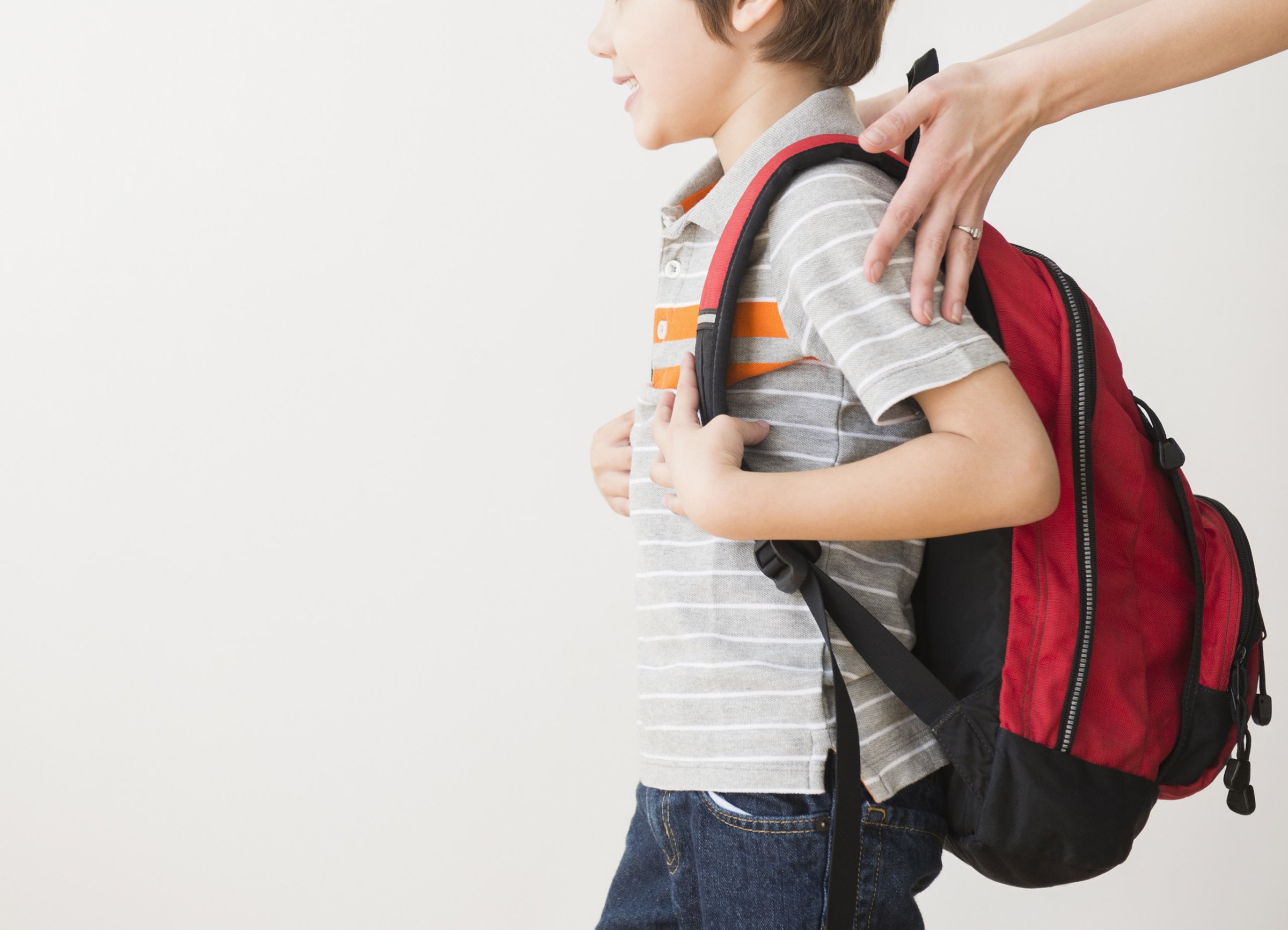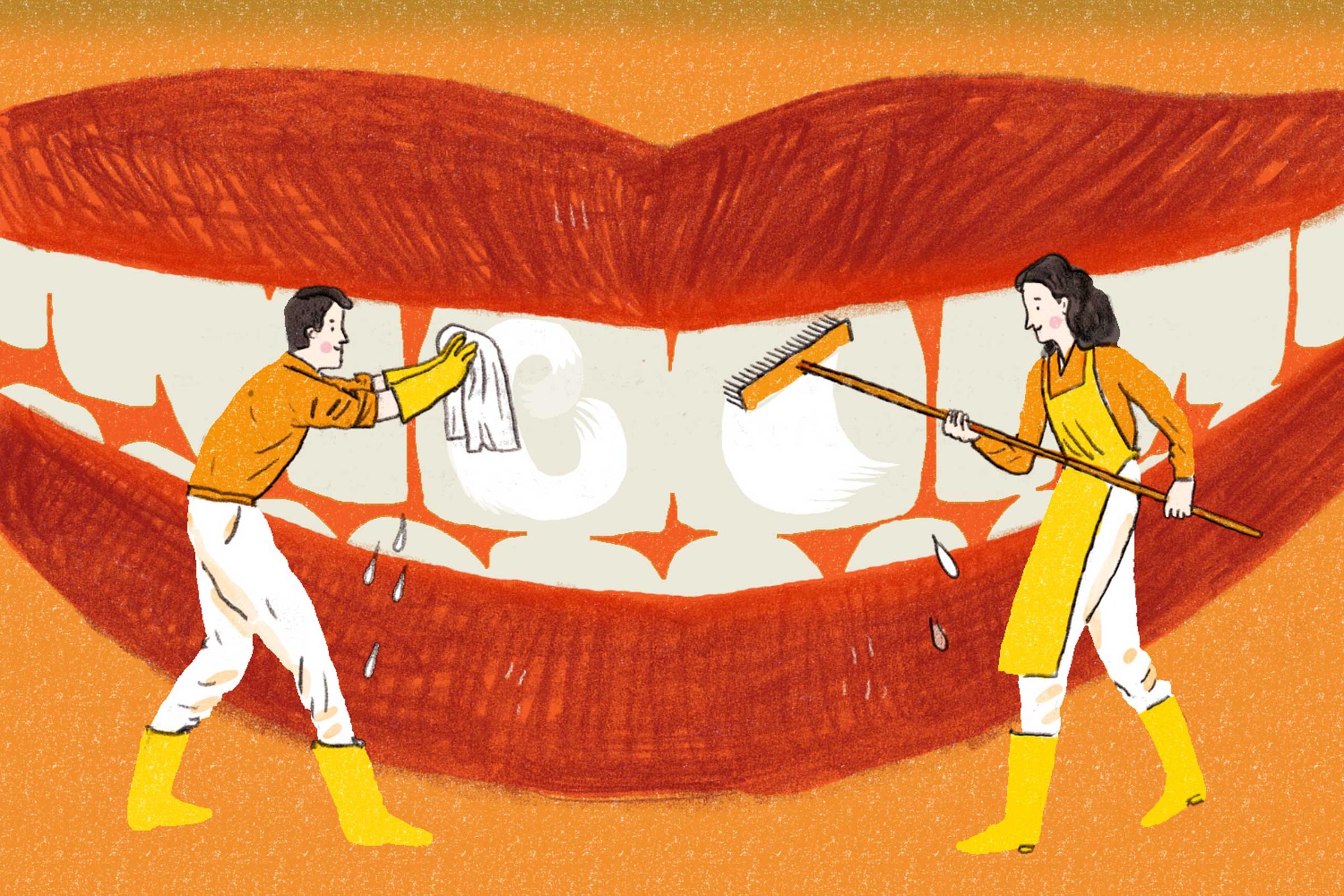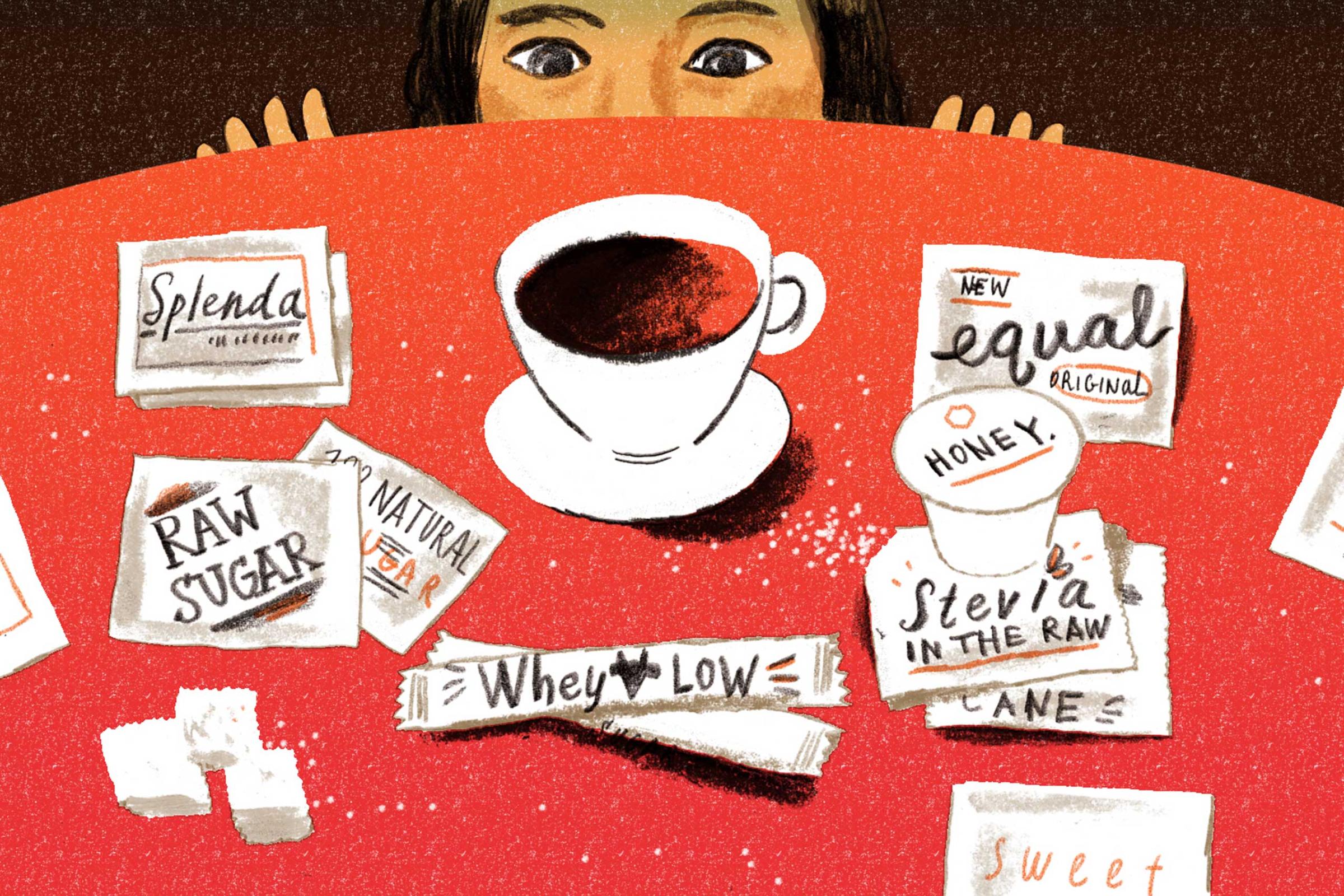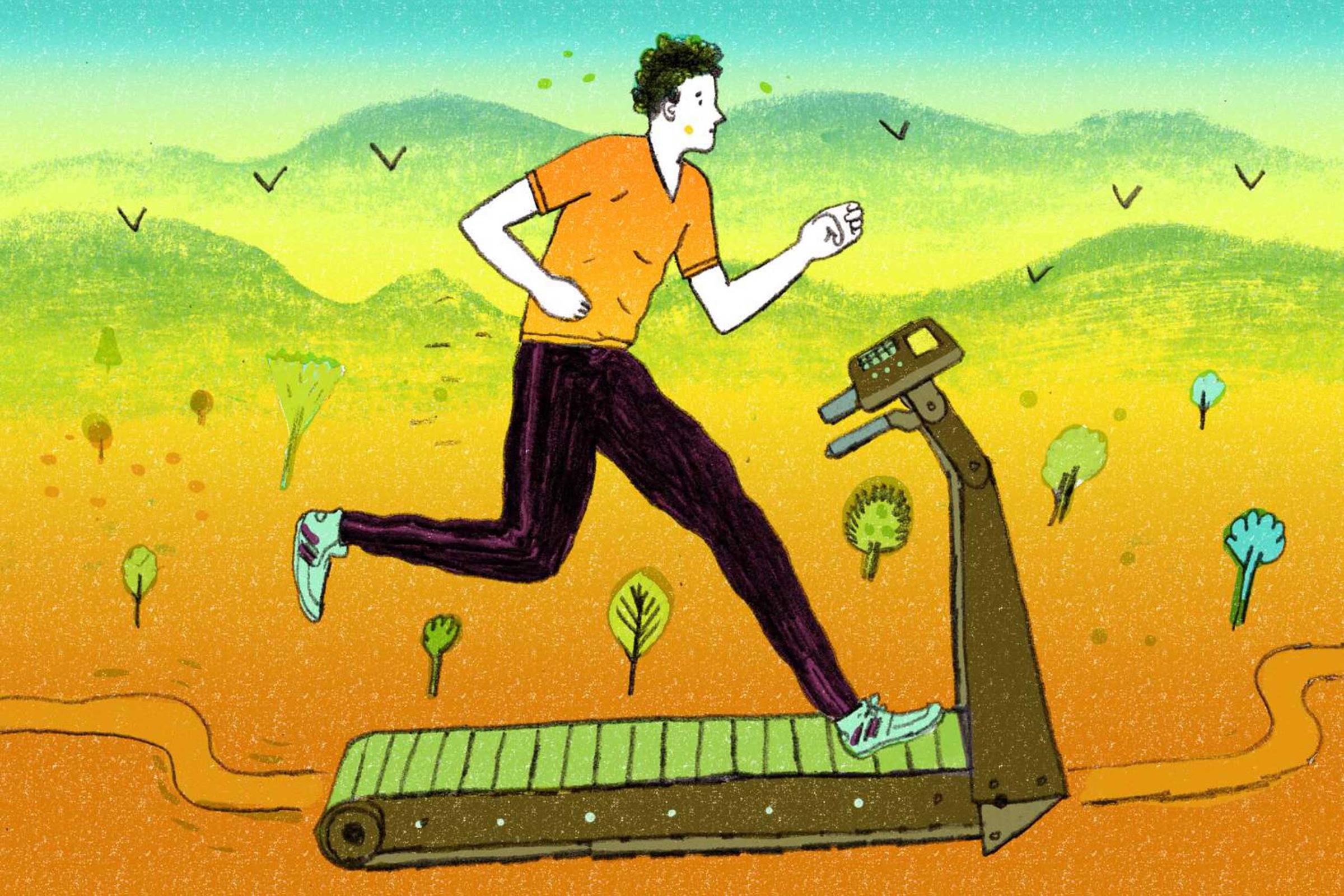
Like adorable turtles, their little limbs poking out from under outsized shells, kids shuffle their ways to school bearing on their shoulders ever-heavier backpacks. Even high schoolers have to bend forward beneath books and binders to cart their cargo to and from school. They’re burdensome (and can be goofy-looking), but are they dangerous?
Yes, say many experts.
“Since at least 1998, we’ve noticed backpacks getting bigger and heavier, and not in proportion to the kids’ sizes,” says Dr. Karen Jacobs, a clinical professor at Boston University and spokesperson for the American Occupational Therapy Association (AOTA), which sponsors a school backpack awareness day. Jacobs says crowded schools and scant locker space appear to be driving the phenomenon.
A 2010 study from the University of California, San Diego, concludes, “backpack loads are responsible for a significant amount of back pain in children.” The same study says a full third of kids aged 11 to 14 report back pain. Other research from 2011 came to a similar conclusion.
“Kids are saying ‘My back hurts, my neck and my shoulders hurt,’” Jacobs says. “A heavy backpack can also contribute to headaches and problems concentrating at school.”
Like the frame of a house, the spine what keeps your child’s body sturdy and upright. Put too much weight on this frame while a young body is still developing, and it could change a kid’s posture, compress his spine, and impair growth, says Rob Danoff, a doctor of osteopathic medicine and a certified family physician with Philadelphia’s Aria Health System. “It also might contribute to back problems or injuries when your child’s older,” Danoff says.
How heavy is too heavy? “As a general rule, research shows the backpack should be no more than 10 to 20 percent of your child’s body weight to avoid pain or potential injury,” Jacobs says. “We like to err on the side of caution and recommend 10 percent.” (Danoff’s recommendation—no more than 15 percent—falls in line with Jacob’s.)
For an elementary school child who weighs just 50 or 60 pounds, a couple textbooks and lunch could push a pack beyond the safe threshold. For that reason, Jacobs says it’s important to check your child’s backpack every day to ensure she’s carrying only what she needs. “We’ve noticed that students are taking lots and lots of water to school with them, which is a lot of unnecessary weight,” Jacobs says. “We’re telling parent to send empty water bottles and have their kids fill them at school.”
She also recommends positioning the heaviest items in the middle of the pack and close to your child’s back.
Danoff says proper fit and design are important to relieve pressure from your little guy or girl’s spine and shoulders. You want a backpack made for someone your child’s size, he says. Padded shoulder straps and a cushioned back will also prevent aches and pains.
Finally, for crafty parents who may be considering non-backpack options—like a small roller bag—Jacobs says some schools have already started banning rollers because they pose tripping hazards, or may litter classroom aisles or hallways in the event of a fire.
If all this is exasperating, take heart: it probably won’t be long before every text or course packet your child needs is digitized, and schools stock tablets in every classroom. At which point, we can start to panic about tech neck instead.
You Asked: Your Top 10 Health Questions Answered










More Must-Reads from TIME
- Donald Trump Is TIME's 2024 Person of the Year
- Why We Chose Trump as Person of the Year
- Is Intermittent Fasting Good or Bad for You?
- The 100 Must-Read Books of 2024
- The 20 Best Christmas TV Episodes
- Column: If Optimism Feels Ridiculous Now, Try Hope
- The Future of Climate Action Is Trade Policy
- Merle Bombardieri Is Helping People Make the Baby Decision
Contact us at letters@time.com